Contents
Guide
Pagebreaks of the print version
Neopoetics
Neopoetics
THE EVOLUTION OF THE LITERATE IMAGINATION
Christopher Collins
Columbia University Press  New York
New York
Columbia University Press
Publishers Since 1893
New York Chichester, West Sussex
cup.columbia.edu
Copyright 2017 Christopher Collins
All rights reserved
E-ISBN 978-0-231-54288-3
Library of Congress Cataloging-in-Publication Data
Names: Collins, Christopher, author.
Title: Neopoetics : the evolution of the literate imagination / Christopher Collins.
Description: New York : Columbia University Press, [2016] | Includes bibliographical references and index.
Identifiers: LCCN 2016013378 (print) | LCCN 2016024578 (ebook) | ISBN 9780231176866 (cloth : alk. paper)
Subjects: LCSH: Semiotics. | Visual pathways. | Language and languagesOrigin. | PoetryPsychological aspects. | PoeticsHistoryTo 1500. | Evolutionary psychology. | BrainEvolution. | Neurolinguistics.
Classification: LCC P99 .C5698 2016 (print) | LCC P99 (ebook) | DDC 302.2dc23
LC record available at https://lccn.loc.gov/2016013378
A Columbia University Press E-book.
CUP would be pleased to hear about your reading experience with this e-book at .
Cover design: Martin Hinze
Cover image: Ian M. Butterfield (Rome) / Alamy Stock Photo
Hoc genio opus dedico
Savangunci fluminis
ob permulta munera
inque honorem numinis:
confluamus suaviter
Contents
I think I may safely presume to speak for you, too, when I say that we all take reading and writing for granted. These skills were at first difficult for us to learn, of course. Managing to make sense of and reproduce those arcs and angles was not bequeathed to us by biological evolution as were walking, reaching out, and grasping. Yet by the age of five or six, most of us had mastered the basics of literacy and were ready to improve and expand upon them. By now, reading and writing are so ordinary to us that we forget what an extraordinary achievement of cultural evolution they actually are. We have gotten to a point of such easy familiarity with this medium that, like the proverbial fish that can never know what water is because that is simply the condition of its existence, we are no longer aware to what extent literacy, the transparent medium we swim in, has modified our awareness of the world. For instance, when in my first sentence I wrote that I think I can safely presume to speak for you, too, when I say , you probably didnt think there was something odd about a silent page of print talking to you in the voice of a person who was not really present.
The Evolutionary Perspective
A childs capacity to acquire language is a genetically imprinted trait that took millions of years to set in place. To make the distinct sounds we use to construct meaningful utterances our ancestors needed to evolve finely sequenced neural circuitry linking particular regions of the brain to particular muscles in the diaphragm, chest, larynx, tongue, and jaw. Though speech was not their inevitable outcome, these adaptations made possible the evolution of the language-ready brain, as Michael Arbib (2012) has called it. But at that point it was also necessary for those men and women living in Africa some 300 to 200 thousand years ago to realize there was an advantage in sharing their knowledge and intentions using symbolic signs in the form of arbitrary, conventional mouth sounds.
In my last book, Paleopoetics (2013), one major question was, How did language transform our primate brain? I approached this from different angles, e.g., human evolution, anthropology, linguistics, neuroscience, cognitive psychology, phenomenology, and semiotics. In the course of my research, I came to believe that the transformative process attributable to language had been in progress a longa very longtime before the first sentence was ever uttered. The hierarchical complexity of our brain that made language possible had been in place because over many millions of years a set of neural systems had evolved, some general, some specific, that could be reconfigured to perform new tasks, such as imitative learning, tool making, gestural communication, and vocal speech.
That word paleopoetics connotes the evolved skills associated with the making of things, especially the making of such cultural products as stories, songs, and rituals, which, in a later literate context, we have come to know as novels, poems, and dramas. (The - poetics in that word comes from the Greek verb poiein , meaning to build or create). Wishing to shed new light on these made things, I needed first to establish a link between biological and cultural evolution, and I chose to do so by examining how tools extend the reach, strength, and therefore the survivability of their users. In the process of biological evolution, our ancestors first developed the ability to locate objects to use as tools, then later learned to modify found objects with which to make tools.
Here, then, with the manufacture of tools we have the beginnings of culture as a conscious extension of the human body. Distinct from a found tool, e.g., a stick lying under a tree that is used to knock down nuts from a high branch or a nearby rock used to break their shells, deliberately shaped artifacts are instruments designed to extend the powers of the user to perform specialized tasks and for that purpose are saved both as tools and as models to be imitated and improved upon. The better the toolkit, the further and more effective that extension becomes. Since the nature of human culture is social, multiple individuals using tools of various sorts create an interlinked field of operations, a co -operative community. If we recognize that language is a means of extending individuals thoughts, feelings, and intentions outward into a shared space, we may regard language as a tool, as well. It would then follow that our human ancestors, once they placed language in their cultural toolkit, were able to use it to fashion from it new, more specialized tools, i.e., verbal artifacts.
I should hasten to add that by the phrase verbal artifact I do not mean what the New Critics at the midtwentieth century or the neoformalists at its close might have meant, viz., a self-contained, self-sufficient, self-referential objet dart. As I use the phrase, I define it in terms of physical artifacts unearthed as evidence of cultural evolution, e.g., stone hand axes, arrowheads, bone flutes, or ceramic bowlsproducts skillfully crafted to serve human needs. A hammer, for example, is a self-contained artifact, to be sure, but not an entirely self-referential one. One can hang an antique hammer on the wall and admire its hand-forged design and its gracefully tapered haft, but, when one does so, this tool loses its essential nature as an extension of the human hand that is used to pound nails or other materials. To regard a verbal artifact as an autonomous, self-referential object, one must first remove it from its instrumental function, which, as a piece of language, is to signify meanings beyond itself, and then focus only on its nonsignifying elements, such as its phonemes, rhyme patterns, and rhythmic structures.
I realized that the claim I made in 2013 that these verbal artifacts are not only analogous but equivalent to tools might raise some eyebrows. Isnt one of the properties of aesthetic objects said to be their uselessness, their end-in-themselves-ness, and isnt that what distinguishes the artistic from the practical? Well, maybe not, I thought. And if an artwork, verbal or otherwise, serves as a tool, it must do so as an extension of its user. So, just as we feel our arm stretch outward, into, and through the stick we use to reach an apple high in a tree, we must be able to feel ourselves extending into and through a work of art. Art, then, is the ability to make things that we value and preserve not simply for themselves, but because by using them we are able to discover and expand our innate human powerssensory, kinetic, emotional, conceptualpowers that we might otherwise never know we had. When not in use, an artifact is an inert object, but, when we use it, it transforms itself from an object into an instrument. The painting in the darkened hall, the violin in its box, the musical score or the novel on the bookshelfall these are mere objects until they are seen or played or read. They come to life over and over again but only when our life flows through them.



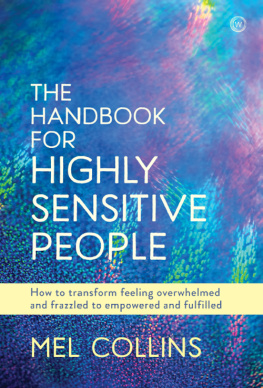
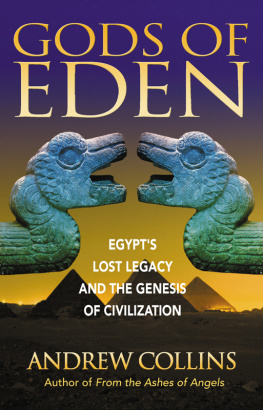

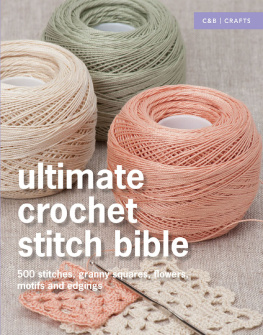


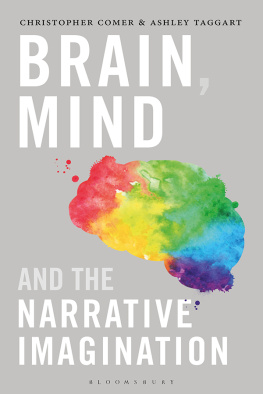
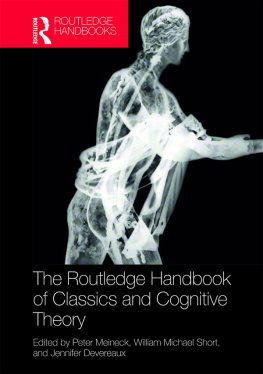


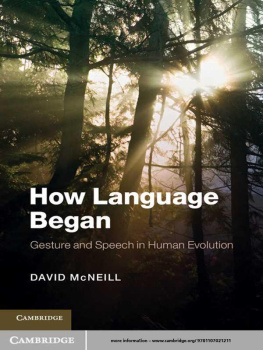

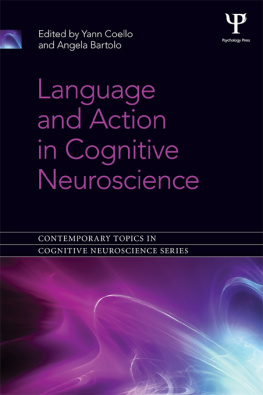
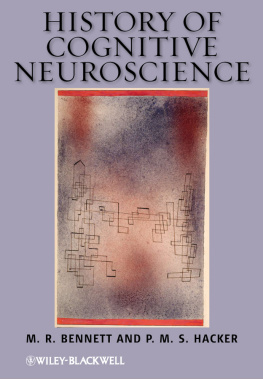
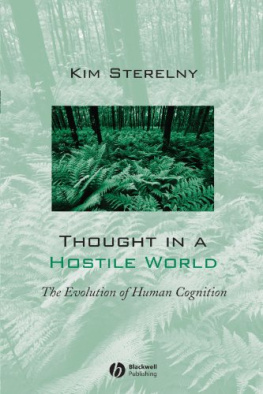

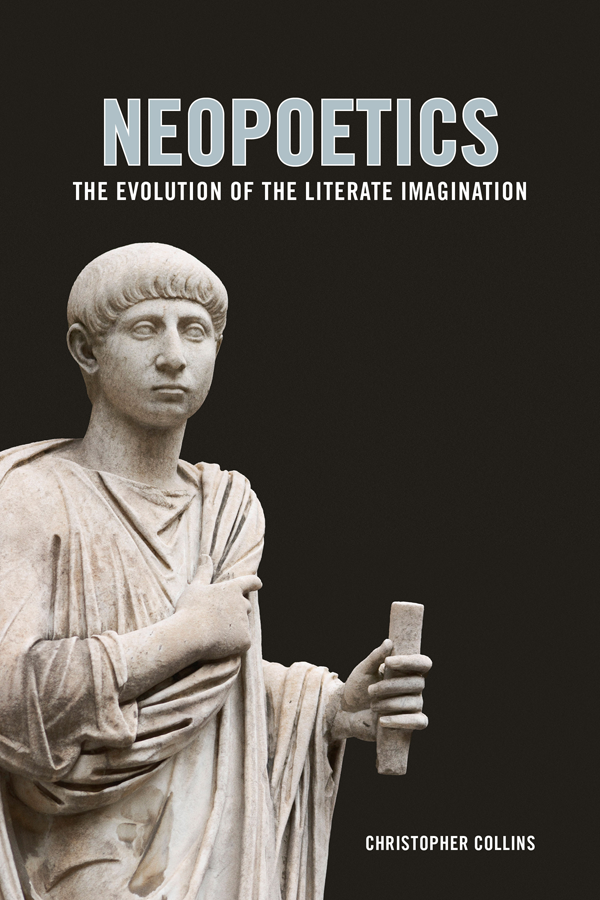
 New York
New York